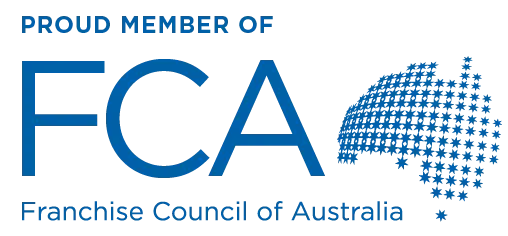Because the real playbooks aren’t in your LinkedIn carousels.
Every marketer loves to post about “transparency,” “playbooks,” and “community over competition.”
But let’s be honest — the best frameworks never leave the Notion doc.
The real growth secrets are the ones built in the trenches: the process tweaks, creative shortcuts, and campaign loops that actually scale brands. The stuff you use daily but will never mention on a podcast because it actually works.
Here are 10 of those frameworks — the ones your team uses quietly while everyone else chases trends.
1. The 70/20/10 rule (execution focused)
70% proven plays. 20% smart risks. 10% “what if we burn the system down?” ideas.
This mix keeps you consistent and interesting — it’s how top growth teams stay reliable without going stale.
2. The flywheel framework
Every piece of content should feed the next.
Paid fuels organic. Organic feeds community. Community drives referrals.
Nothing’s a one-off — everything loops.
3. The reverse funnel
Instead of shouting at strangers, start with your superfans.
Find your most loyal 100 customers and design experiences they’ll share.
It’s cheaper, faster, and converts better than cold reach ever will.
4. The feedback factory
Treat every campaign like a prototype.
Post → measure → tweak → repost → scale.
The best growth teams run micro-tests daily instead of waiting for quarterly reports.
5. The “earned first” model
Paid ads get you speed. Earned content gives you trust.
Run small earned moments first — influencer collabs, dark social drops, organic buzz — then amplify with paid once you know what resonates.
Colabora sin esfuerzo, ahorra tiempo y gasta menos
¿Por qué conformarse con una herramienta de gestión de redes sociales mediocre cuando podrías estar usando Sked Social? Con acceso ilimitado de colaboradores, aprobaciones simplificadas y tecnología avanzada de auto-publicación que te permite programar en todas las principales plataformas, Sked Social ofrece todo lo que necesitas.
Comienza GRATIS6. The creator flywheel
Creators make the content → you test → best-performing pieces become brand assets.
It’s the modern media loop — co-create, not commission.
7. The boring metrics framework
Vanity metrics lie. Focus on boring ones that scale:
- Cost per engaged minute
- Content retention rate
- Branded search lift
- If your graphs don’t make leadership excited, you’re probably tracking the right stuff.
8. The content → community → commerce chain
It’s not linear anymore.
You don’t post → sell. You post → build community → convert.
The middle step (community) is the moat. Ignore it and you’ll forever rent attention instead of owning it.
9. The 3H framework (hero, hub, help)
Borrowed from Google’s old playbook, still undefeated.
- Hero: Big moments, campaigns, brand drops.
- Hub: Recurring shows, series, or content pillars.
- Help: Evergreen, search-optimised, problem-solving content.
- Smart teams run all three at once, not in isolation.
10. The “be so good they steal it” framework
Create content so insightful, funny, or useful that competitors repost it under their own name.
That’s not theft — that’s validation. The brands shaping the feed are the ones everyone else quietly copies.
Bonus: the silence sprint
Top growth teams know when not to post.
They take one or two weeks a quarter to pause, audit, and reset.
Because clarity > constant motion.
The real lesson: the best frameworks aren’t “growth hacks”
They’re systems.
Repeatable, adaptable structures that make creativity scalable.
And the reason most people won’t share them publicly?
Because once everyone knows the trick, it stops working.
The takeaway: The best growth strategies don’t live in your feed. They live in your workflows — invisible, unbranded, and painfully effective.
If you’re chasing someone else’s playbook, you’re already behind.










